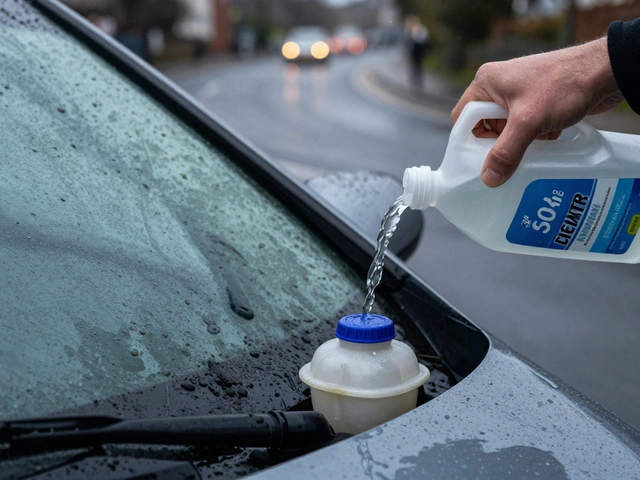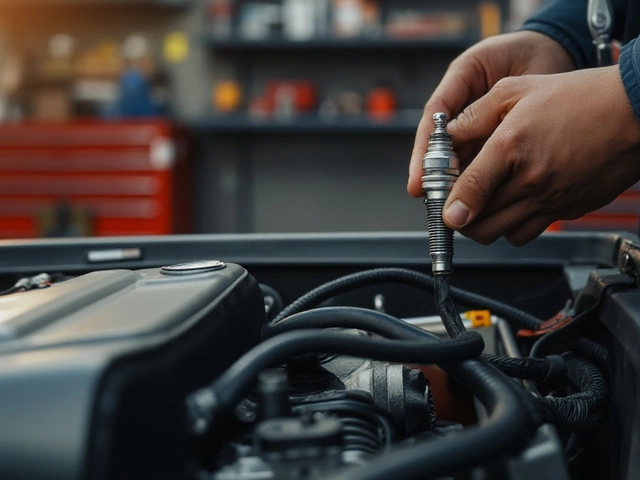Oil Mixing: Simple Tips for Safe DIY Blends
If you’ve ever wondered whether you can pour two different oils into your engine, you’re not alone. Many drivers mix oils to cut costs, match a specific viscosity, or extend the life of an older engine. The key is to do it the right way, or you risk damaging your engine and ending up with expensive repairs.
When and Why to Mix Motor Oil
People usually mix oil for three reasons. First, they want a specific viscosity that isn’t stocked locally – for example, a 5W‑30 blend in a cold climate. Second, they have a mix of synthetic and conventional oil and want to stretch the synthetic’s performance without buying a whole new bottle. Third, they are troubleshooting a thin‑oil leak and need a slightly thicker blend to keep pressure up.
Before you start, check your owner’s manual. Most manufacturers give a clear oil grade and say whether mixing is allowed. If the manual says “use only full‑synthetic,” then mixing with conventional oil can void your warranty. On the other hand, many older cars tolerate a blend of conventional and synthetic without issue.
How to Mix Oil Correctly
Follow these steps to keep things safe and effective:
1. Identify the oil grades. Look at the viscosity rating (like 5W‑30) and the type (synthetic, semi‑synthetic, conventional). Only combine oils with the same viscosity rating. Mixing 5W‑30 with 10W‑40 will give you an unpredictable blend.
2. Check compatibility. Synthetic oils contain additives that may not play well with certain conventional oils. Most modern synthetics are formulated to be backward‑compatible, but it’s worth a quick look at the label or a web search for the specific brands.
3. Measure accurately. Use a clean, graduated container. Pour the first oil, note the amount, then add the second oil until you hit the total volume you need. Mixing by guess can lead to the wrong viscosity.
4. Stir gently. Caps on the container, give it a few gentle shakes. You don’t need vigorous shaking – that can introduce air bubbles.
5. Label the mixture. Write the blend’s viscosity, total volume, and date on the bottle. This helps you track when you need to change the oil and avoids confusion later.
6. Perform a quick test. After filling the engine, run it for a minute, then check the dipstick. The oil should look clear and have the right level. If it looks milky or has bubbles, something went wrong.
Remember, mixing is a stop‑gap, not a permanent solution. If you find yourself mixing oil often, it may be time to reassess your oil change schedule or talk to a mechanic about the right oil for your car.
Avoid these common pitfalls: using oils with different additive packages, mixing vastly different viscosities, or ignoring the manufacturer’s recommendation. These mistakes can lead to sludge, increased wear, or reduced fuel efficiency.
When in doubt, stick to a single, high‑quality oil that matches your car’s specifications. It may cost a bit more, but you’ll save on potential engine trouble down the road.
If you’re ever unsure, bring a sample to your local garage. Technicians can run a quick analysis and tell you whether the blend is safe for your engine. It’s a cheap way to protect a big investment.
Bottom line: oil mixing can work, but only if you respect the basics – same viscosity, compatible types, accurate measurements, and a clear label. Follow these steps, stay within your car’s guidelines, and you’ll keep the engine humming without a hitch.
 17 May 2025
17 May 2025
Engine Oil 101: Can I Put New Oil on Top of Old Oil?
Ever wondered if you can just pour new engine oil right on top of the old stuff? This article gets straight to the answer, walks you through the reasons behind oil changes, and breaks down what actually happens inside your engine. We’ll talk about risks, emergencies, and smart upkeep. You’ll also get tips from real-world drivers. Keep your car (and wallet) in good shape with some no-nonsense advice.
Latest Posts
-

Choosing the Ultimate Exhaust System for Your Ride
-

What Is a Good Substitute for Windshield Wiper Fluid?
-

Beyond Ignition: The Full Role of Spark Plugs in Your Engine
-

Clutch Kit: What’s Actually Inside and Why Each Part Matters
-

How Long After Changing the Air Filter Will AC Work? Quick Results Explained

0